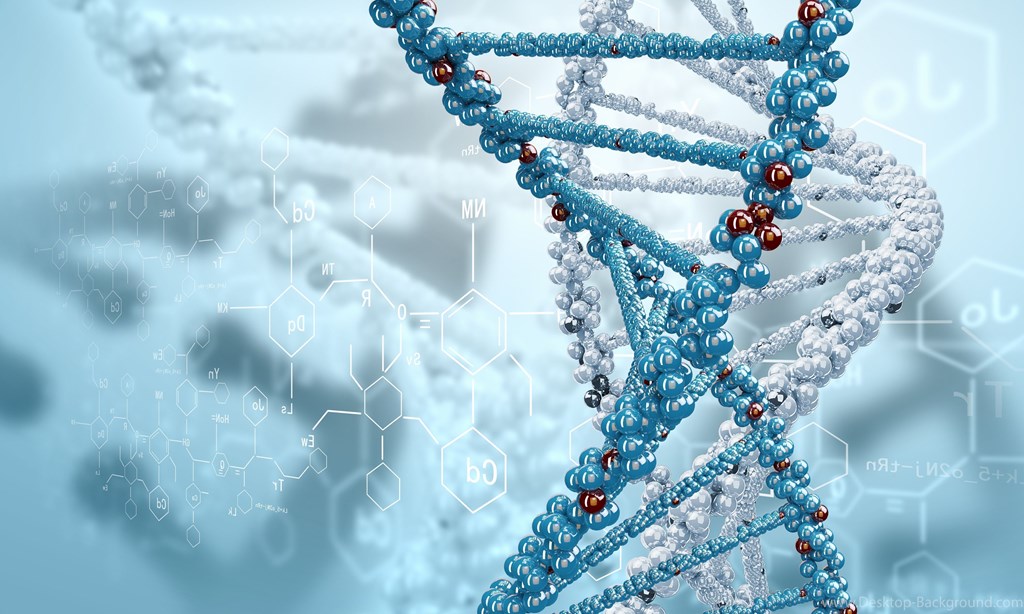Source:- techiexpert.com.
Machine learning enables computers to assist humans in analyzing data from giant, advanced information sets. one amongst the advanced information is biology and genomic information that has to analyze a varied set of functions mechanically by the computers. These machine learning strategies will offer additional help for creating this information for any usage like cistron prediction, organic phenomenon, cistron metaphysics, cistron finding, cistron has written material and etc. the aim of this study is to explore some machine learning applications and algorithms to genetic and genomic information.
In genetic science, machine learning will be used to learn however to extract the location and structure of varied genes, to establish restrictive parts, to characteristic non-coding polymer genes, to predicting cistron operate, to predicting polymer secondary structure.
To annotate a large type of ordination sequencing parts we will use machine learning strategies. Generally, if we will compile an inventory of sequence parts of a given kind, then we will most likely train a machine learning methodology to acknowledge those parts, then models will be combined on with logic concerning their relative locations.
Many application areas that are associated with machine learning such as cistron sequence, cistron expression, macromolecule structure, cistron restrictive networks, microarrays. Before attempting to resolve the problems within the on top of the space of genetic science we tend to use a machine learning algorithm to train the system to classify the cistron information and produce a model. Some trendy techniques to handle the cistron information will be used.
There are such a lot of machine learning algorithms is used for identification, prediction, selection, recognization, and conjointly in the classification of polymer sequences. For the identification of cistron in the polymer sequence, the neural network primarily based multi-classifier will be used. the organic phenomenon is known by promoters. To predicting, the situation of the promoter neural network has been used. For predicting the promoters within the cistrons and evaluating the performance of the gene the synthetic neural network classifier has been used. In an ordination analysis, the very important half is to learning to polymer sequence pattern recognization.
Machine learning will take as computer file generated by alternative genomic assays, like microarray or polymer. Sequence expression information, transcription issue, binding chip sequence information, etc. Another example of ordination information is cistron expression information will be used to learn to distinguish between completely different unwellness phenotypes and within the method, to spot potentially valuable unwellness biomarkers. we will conjointly use machine learning to assign annotations to cistrons these quite annotations maximum taken from the gene metaphysics assignment terms.
Future applications of machine learning in genomics:
1. As genomic information comparatively giant in size thus machine learning approaches will create that to simply analyze and create the items as simplified.
2. Gene sequencing is terribly straightforward to analyze solely by exploitation machine learning strategies. The sequence of the varied genes should have labels thus exploitation supervised learning algorithms simply gets the sequence accurately, Deep genetic science most the machine learning algorithms are won’t to for cistron sequencing.
3. Gene written material one amongst the most analysis space within the next cistronration for analyzing the genes and finding the precise matches in genes and changes the gene sequence per the means its need to target. particularly cistron written material with machine learning will scale back the time, price and energy required to spot the targeted sequence.
4. Pharmacogenomics field provides an additional advantage for initiating the customized drugs that are the drug that is given to the patient for a specific unwellness that ought to adapt to the genetic makeup of the individual patient. characteristic of the dose of drug machine learning is able to do a mass challenge in the future.
5. New Born screening tools will create use of machine learning approaches in characteristic the metabolism defects
